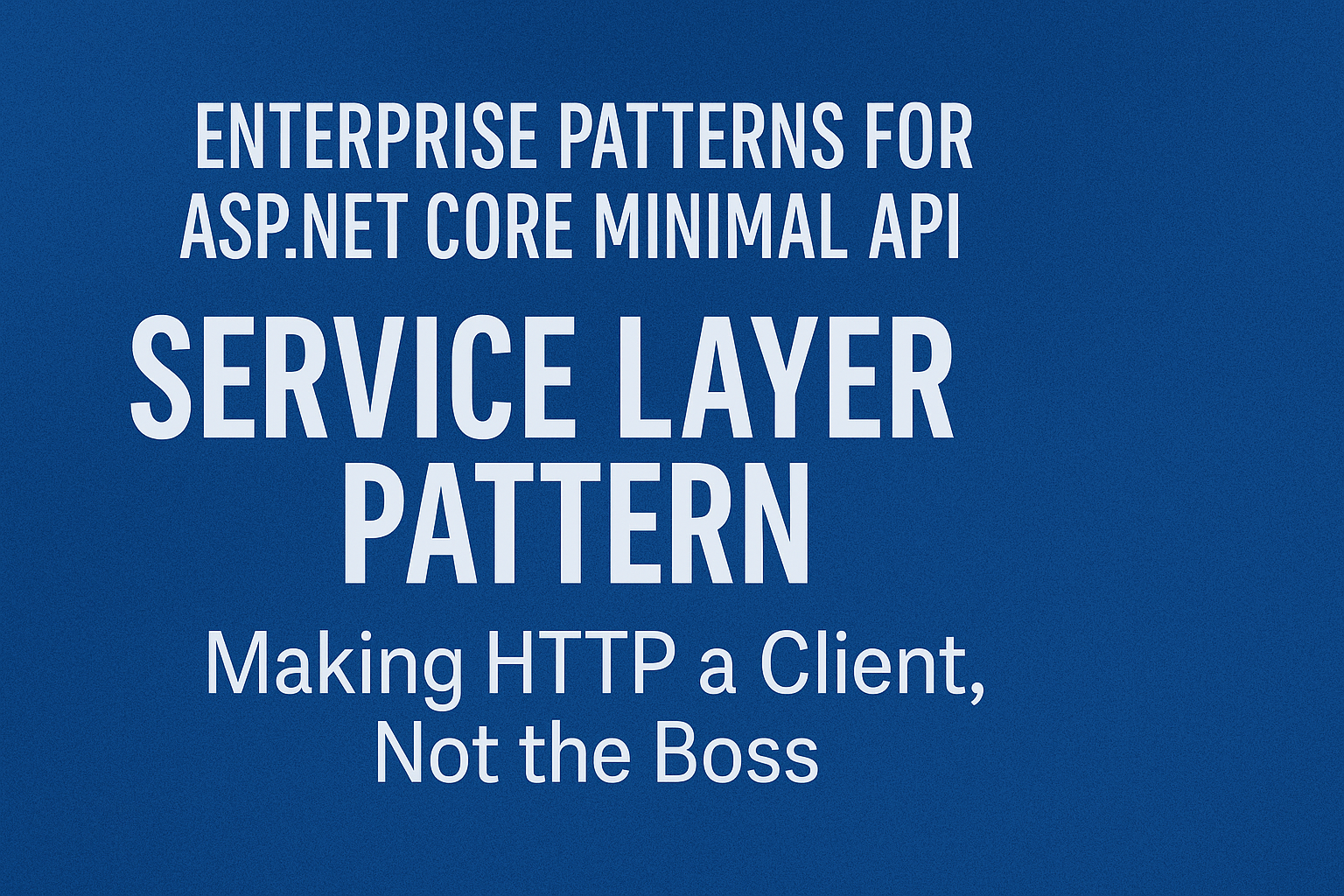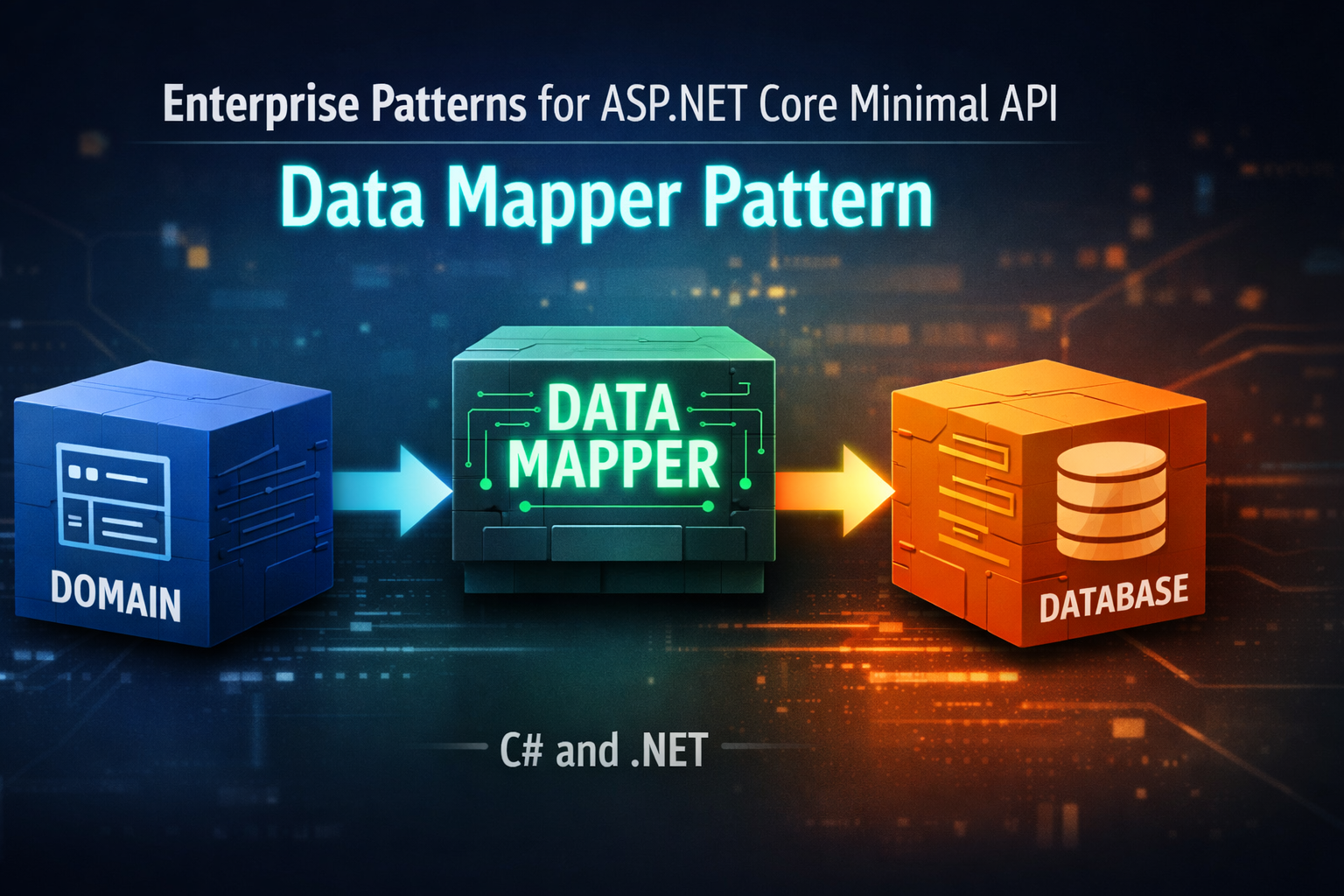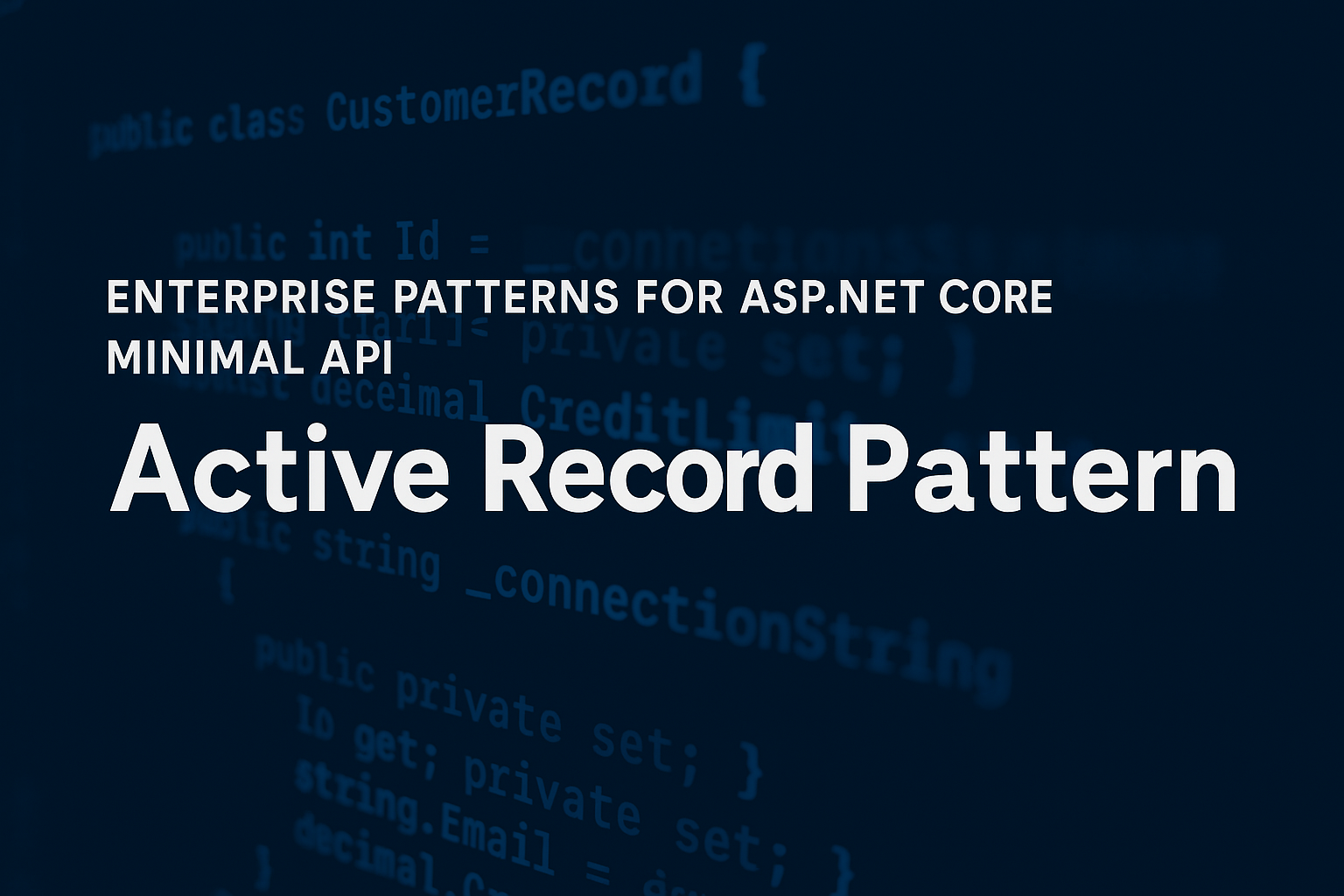
Socket Types: Choosing the Right Tool for the Job
- Chris Woodruff
- January 9, 2025
- Network Book Sample
- .NET, Book, C#, dotnet, network, programming
- 0 Comments
NOTE – This post is an example from the book “Beyond Boundaries: Networking Programming with C# 12 and .NET 8”. For a deeper dive into socket programming and more networking concepts, visit https://csharp-networking.com/ or get your copy of the book on Leanpub.
Blog Posts in this Series
- Part 1: Demystifying Socket Programming: A Gateway to Networked Applications
- Part 2: The Backbone of Digital Communication: Understanding the Client-Server Model
- Part 3: Socket Types: Choosing the Right Tool for the Job
- Part 4: C# Socket Programming Essentials: Creating and Configuring Sockets
- Part 5: Building Bridges: Client-Side Socket Programming in Action
- Part 6: Handling Complexity: Server-Side Socket Programming Explained
- Part 7: Real-Time Communication: Effective Data Exchange with Sockets
- Part 8: Error Handling and Graceful Shutdowns in Socket Programming
- Part 9: Managing Client Sessions: Tracking and Personalizing Connections
Sockets, the unsung architects of digital communication, are each crafted with precision to meet the intricate demands of networking. The right socket choice is not just a technical decision—it’s a transformative step that can elevate your application’s performance from ordinary to extraordinary. With the wrong choice, efficiency crumbles; with the right one, your application thrives, and you, as a professional, are empowered.
Now, let’s set out on a journey to unravel the unique characteristics and influence of each socket type. We’ll discover how they shape the connections between devices and applications in our interconnected world.
Key Socket Types: The Architects of Connection
- Stream Sockets (TCP)
The stalwart workhorse of networking, stream sockets are all about reliability and order. They establish a steadfast connection, ensuring every byte of data reaches its destination intact and in the correct sequence. If your application demands unwavering accuracy—think file transfers, web browsing, or email services—stream sockets are your go-to heroes.
Why choose stream sockets?
Imagine sending an important document. Would you trust an unreliable messenger, or one who guarantees delivery to the right hands, in perfect condition? Stream sockets are that dependable courier, making them the backbone of critical data exchanges. - Datagram Sockets (UDP)
The thrill-seeker of the socket world, datagram sockets prioritize speed over formality. Unlike their stream counterparts, they operate without the overhead of a connection, blazing a trail for fast, lightweight communication. Perfect for video streaming, online gaming, and real-time broadcasts, they embrace the chaos of the digital realm without compromising on performance.
Why choose datagram sockets?
Picture an adrenaline-fueled race where speed is everything. In scenarios where a dropped packet or two won’t ruin the experience, datagram sockets deliver unparalleled velocity, keeping your users engaged and exhilarated. - Raw Sockets
For the tech virtuosos, raw sockets are the tools of mastery. They strip away abstractions, granting direct access to the network’s soul. Whether you’re building custom protocols, performing network monitoring, or crafting security solutions, raw sockets offer unprecedented control.
Why choose raw sockets?
Imagine being handed the keys to a Formula 1 car. Raw sockets demand expertise but reward you with the freedom to create, innovate, and push boundaries that other sockets can’t reach. - Sequential Packet Sockets
The best of both worlds, sequential packet sockets combine reliability with boundary preservation. They deliver data in distinct records, maintaining order without sacrificing structure. These are ideal for transporting record-based information, like in database systems or structured messaging services.
Why choose sequential packet sockets?
Think of them as the meticulous archivists of the socket family, ensuring that every piece of data retains its individuality while being delivered reliably.
Why Understanding Socket Types Matters
Choosing the correct socket type is more than a technical decision—it’s an act of empowerment. It’s about aligning your application’s unique needs with the socket’s capabilities, ensuring your users enjoy seamless experiences. Your work directly impacts their enjoyment, whether they’re streaming the latest blockbuster or engaging in a heart-racing online battle.
In the next post, we’ll unravel how C# provides a robust toolkit to implement these sockets, allowing you to unleash your creativity and craft applications that are as efficient as they are extraordinary. Ready to unlock the true potential of networking? Let’s dive deeper into the world of C# sockets!






